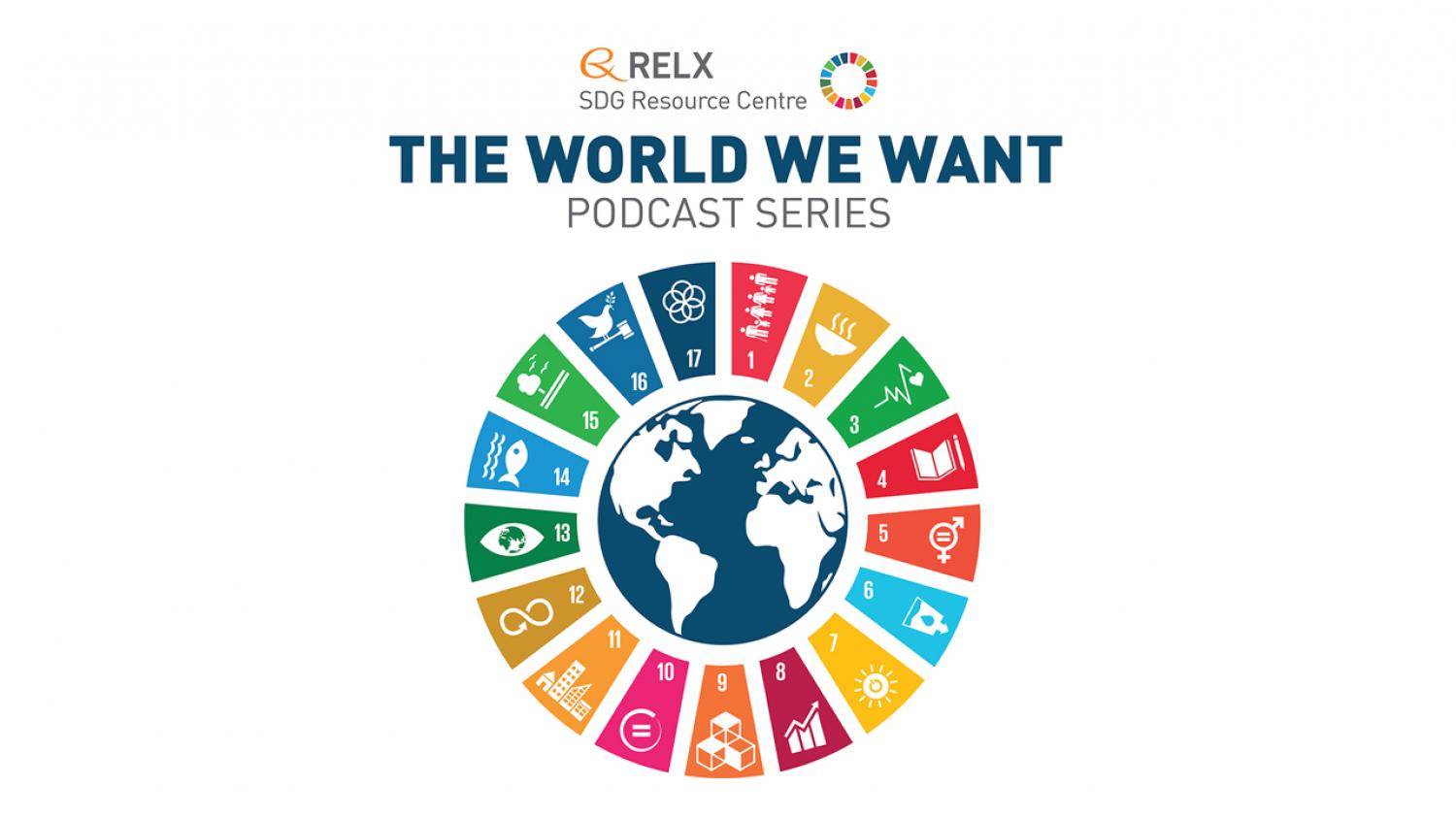In this episode of the "World We Want" podcast, Márcia Balisciano interviews Filip Neele, Lead Scientist at TNO in Utrecht, the Netherlands. They discuss carbon capture and storage (CCS) technology as a “key” in energy transition and its role in supporting global sustainability.
The cascading effects of biodiversity decline on human well-being present a pressing challenge for sustainable development. Conservation efforts often prioritize safeguarding specific species, habitats, or intact ecosystems but overlook biodiversity's fundamental role in providing Nature's Contributions to People (NCP) in human-modified landscapes.
A comprehensive survey of the current research on using Blockchain and Federated Learning (FL) to enhance Intrusion Detection Systems (IDS) for Industrial Internet of Things (IIoT) networks. It examines the security challenges faced by IIoT systems, the potential threats, and the state-of-the-art approaches that leverage Blockchain and FL to address these issues.
This content aligns with Goal 3: Good Health by describing cronic infection due to hepatitis C virus (HCV) that is among the most common etiologic factors of vasculitis in humans.
This content aligns with Goal 3: Good Health and Wellbeing and Goal 9: Industry, Innovation, and Infrastructure by identifying potential nutraceutical applications of bioactive compounds for prevention and treatment of Alzheimer's Disease.
This study identifies research trends and hotspots on the comorbidity between periodontitis and neurodegenerative diseases, incl. Alzheimer's.
The objective of this study was to assess the neuropsychological characteristics of individuals with early-onset Alzheimer's disease (EOAD), late-onset Alzheimer's disease (LOAD), and very-late-onset Alzheimer's disease (VLOAD). The findings indicate notable neuropsychological variations across different age groups, demonstrating a progressive decline in cognitive function with age rather than distinct clinical presentations.
This article supports SDG 3 as understanding the role of HCV core proteins in viral diseases is crucial to elucidating disease mechanisms and identifying potential drug targets. However, purification challenges may hinder the comprehensive elucidation of the structure and biochemical properties of HCV core proteins.
In Alzheimer's disease research, cerebrospinal fluid (CSF) biomarkers Amyloid beta (Aβ), Tau, and pTau are well-validated, and this study demonstrates that a Z-score based harmonization approach can effectively standardize CSF and amyloid imaging data across multiple cohorts, providing consistent biomarker cut-offs and comparable GWAS results to traditional methods, without introducing spurious findings.
This article discusses the manifestation of apathy-like behaviors in Alzheimer's disease (AD) and frontotemporal dementia (FTD) mouse models through the assessment of nest-building behavior, highlighting differences in nesting proficiency and anhedonia between tau transgenic mice lines, suggesting apathy-like phenotypes in the context of neurodegenerative diseases.


